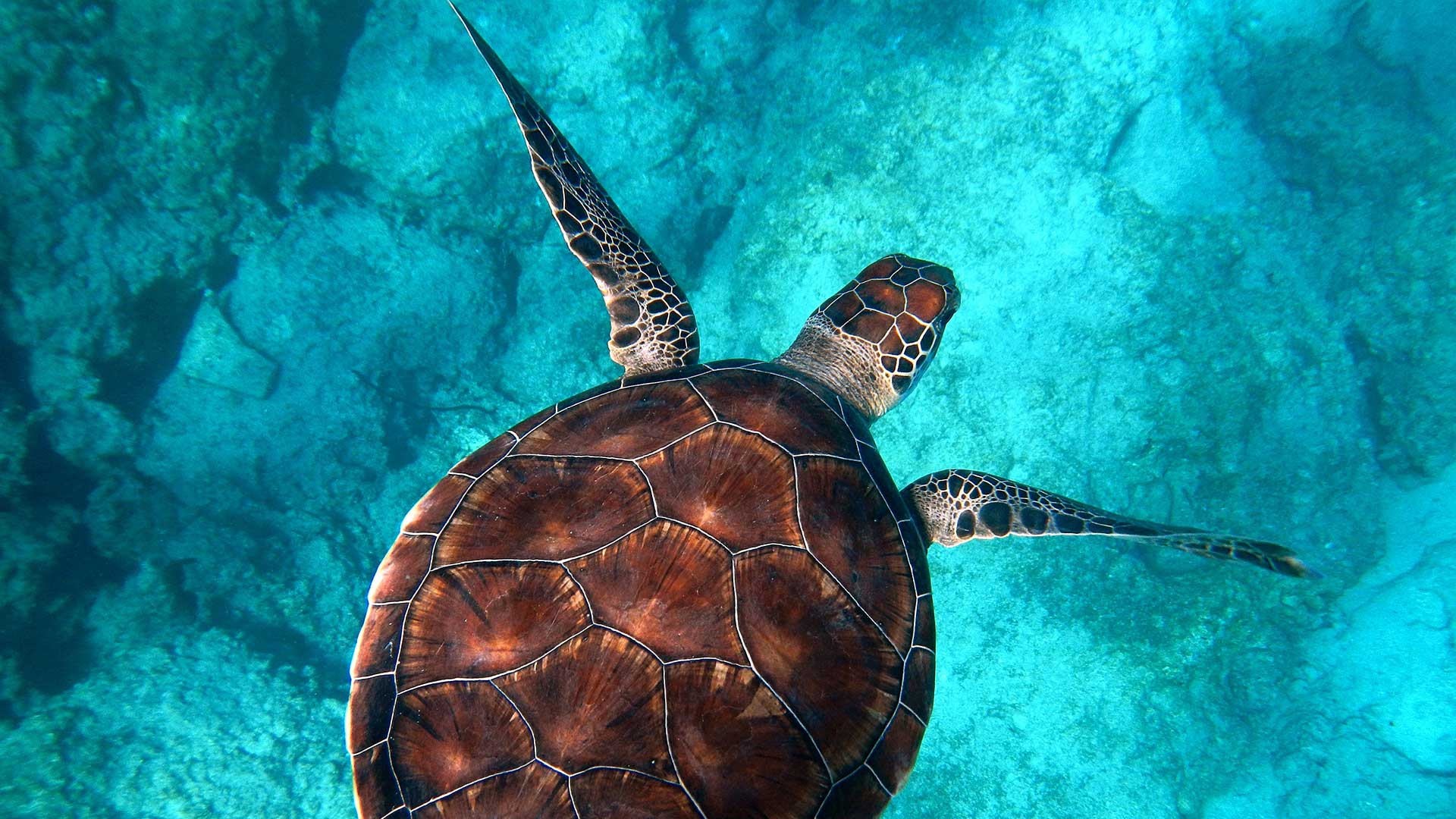Wilderness Thrives in Cuba’s Guanahacabibes National Park
March 21, 2016

WILDCOAST has over 15 years experience working to preserve some of the world’s most pristine coastal wilderness areas such as Valle de los Cirios Pacific Coast, Laguna San Ignacio and the remote sea turtle nesting beaches of Oaxaca. Now we are fortunate to work in another globally unique wilderness area, on the Cuba’s western shore, in the 98,412 acre Guanahacabibes National Park.
The giant scallop bay that reaches to within 120 miles of the Yucatan Peninsula, is part of Cuba’s expansive network of protected areas. Both land and sea are conserved here by Cuba’s National Park System, keeping what could be so easily destroyed untouched. Wildlife thrives on shore, including iguanas, fascinating birds, giant hutias – a large rodent native to a few Caribbean islands, bats and crocodiles. Below the surface of the steamy Caribbean there is equally diverse life. Coral reefs, some of the least impacted by bleaching on the planet, create forests, canyons and cliffs of marine habitat. Tropical fish dart between fan and brain corals. Sea turtles cruise the upper levels of the water column. And the occasional reef shark calmly passes below.
The coral reefs and mangrove forests of the park not only support this incredible wildlife, they provide critical ecosystem services such as carbon sequestration and buffers against storm surges and sea level rise. They produce tremendous amounts of oxygen and they tie together the ecological fabric of the Caribbean, Gulf of Mexico and far out into the Atlantic Ocean.

Although untouched, the rich coastal and marine ecosystems of Guanahacabibes National Park are not without threats. Lion fish, the invasive scourge of much of the Caribbean, outcompete other marine fishes. Sea level rise can quickly change delicate shoreline habitat and visitors are not well aware of best practices when diving and snorkeling the coral reefs.
Since relations between the US and Cuba began normalization in 2014, US tourism to Cuba has increased 70%. As visitors come to experience the country’s amazing culture and coastline in growing numbers, new pressure will placed on coastal communities to accommodate the influx. Although it will undoubtedly bring many benefits to coastal communities, if not carefully managed, this influx could jeopardize significant biodiversity sites and natural resources as we have seen on coastlines in California and Mexico.
WILDCOAST has been invited by the Cuban government to support efforts in Guanahacabibes National Park to address these threats and explore ways to assist with the management and conservation of coral reef and mangrove ecosystems. We were truly inspired but what we saw in the Caribbean and we are excited to learn from our new friends about how they have ensured that their wild places persevere.
By Zach Plopper, Conservation Director of WILDCOAST.








You must be logged in to post a comment.